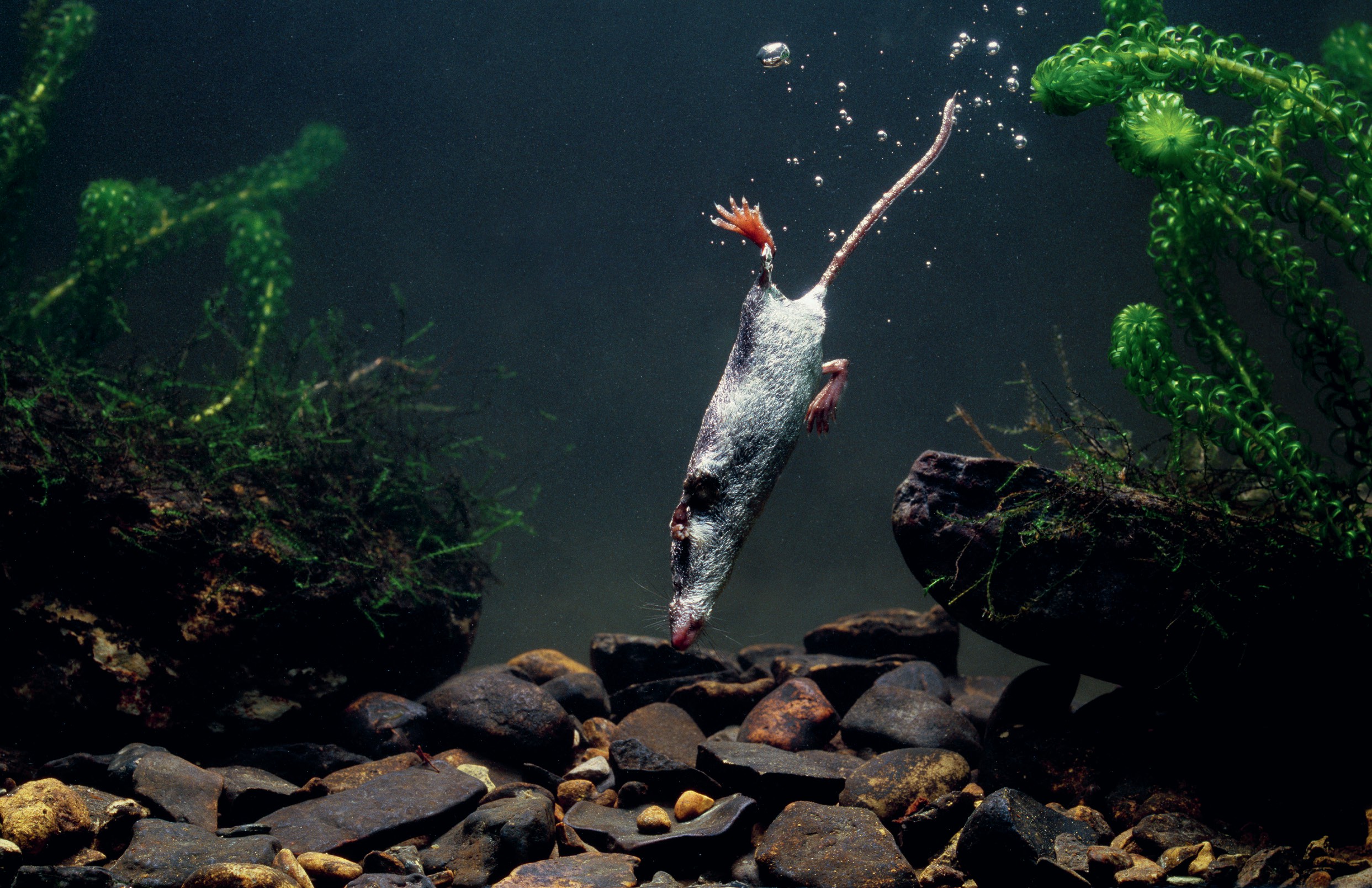
Water shrews are the world’s smallest diving mammals. They weigh less than an AA battery and yet can stay underwater for more than 20 seconds, foraging for prey which they immobilise with their venomous saliva. A team of researchers, led by one of my colleagues, Dr Michael Berenbrink, recently discovered how the genomes of water shrews adapt them for diving. The key adaptation lies in the DNA that codes for myoglobin.
Haemoglobin is a protein that stores oxygen in red blood cells. Myoglobin also stores oxygen but is primarily found in muscle cells and takes several different forms. Large diving animals, such as seals and whales, have long been known to have high concentrations of myoglobin in their muscles. The form of myoglobin differs from that of other terrestrial mammals in having a greater positive net surface charge. This means that oxygen is released only under high pressure, such as the animals experience during diving. Newly synthesised myoglobin molecules in large diving mammals are known to be less likely to stick together, increasing their oxygen-carrying capacity. We now know that the myoglobin of water shrews is similarly less likely to clump than that of their terrestrial relatives.
Your organisation does not have access to this article.
Sign up today to give your students the edge they need to achieve their best grades with subject expertise
Subscribe




